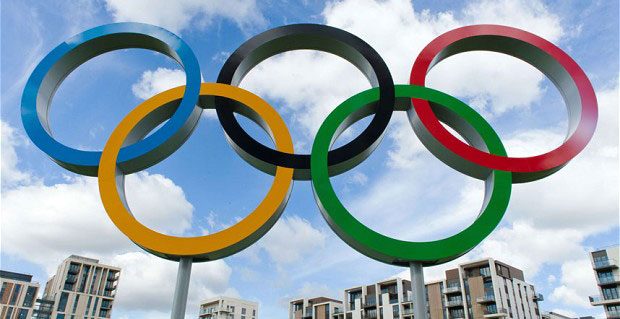Light has been a significant symbol of the Olympic Games since its ancient Greek origins. Back then, a flame was kept lit throughout the event to commemorate Prometheus’ theft of fire from Zeus.
In the modern version, a torch is ignited months before the Games even commence; it then travels from Greece to the host nation via a series of torchbearers, spreading a message of peace, unity and friendship. Eventually, the final torchbearer lights a cauldron to mark the start of the Games.
The dramatic beauty of a naked flame is eternal and we’ll likely never tire of this age-old ritual. Yet there is another tradition in the modern Olympics which won’t be extinguished easily, either: the host nation’s desire to show off and put on the most grandiose spectacle possible. This year it was our turn, and boy did we Brits put on a spectacle! The opening and closing ceremonies were nothing short of jaw-dropping, and they couldn’t have been done without the use of LED lighting. In fact, the first thing the BBC’s Gary Lineker did after the closing ceremony ended was praise “the person in charge of the lighting”.
The most striking use of LED lighting was surely the LED modules attached to the Olympic Stadium seats. Over 630,000 LED light bulbs (9 in each of the 70,000 modules) were fixed next to the seats. Used to create an array of patterns and effects on a scale the world has never seen before, the lights looked particularly stunning when the stadium was viewed from above. Such a futuristic display was made possible thanks to the superior colour-changing capabilities of light emitting diodes.
LED light bulbs were also used to create Danny Boyle’s striking vision of Britain through the ages. As Boyle’s technical director revealed to the Daily Telegraph, “the 100ft river of steel was created using amber light emitting diodes lit in sequence to give the effect of molten metal, with boxes containing pyrotechnics and smoke creating sparks and steam”. It’s fitting that LED light bulbs (which are currently revolutionising the modern lighting industry) were combined with more traditional lighting techniques to portray the Industrial Revolution.
Like the Olympic flame itself, LED light bulbs are also known for longevity, another reason for their dominance in the London 2012 Olympics. When an event is being televised to the world, you don’t want your lights to let you down, and it’s important to point out that some of the LED light bulbs will continue lighting up London for years after the Games. For instance, GE and EDF collaborated to light Tower Bridge with LED light bulbs to mark the Olympics and Paralympics. 1,800 special energy-efficient LED light bulbs and 2,000 metres of linear LED light bulbs have been installed on London’s iconic bridge, and the system is expected to last for a whopping 25 years.
So it’s fair to say that lighting really did play an integral part in this year’s Olympics. From the infamous light-bulb bowler hats to the LED-powered walkways, light was employed thoughtfully and artfully everywhere. Alongside Team GB’s heroic athletes, Danny Boyle and, of course, the one and only Usain Bolt, light was among the brightest stars of the Games.
Date: August 22, 2012
Tags: games led Lighting London sport
Over 630,000 LED light bulbs were fixed next to Olympic seats. Used to create an array of patterns and effects on a scale the world has never seen before.




